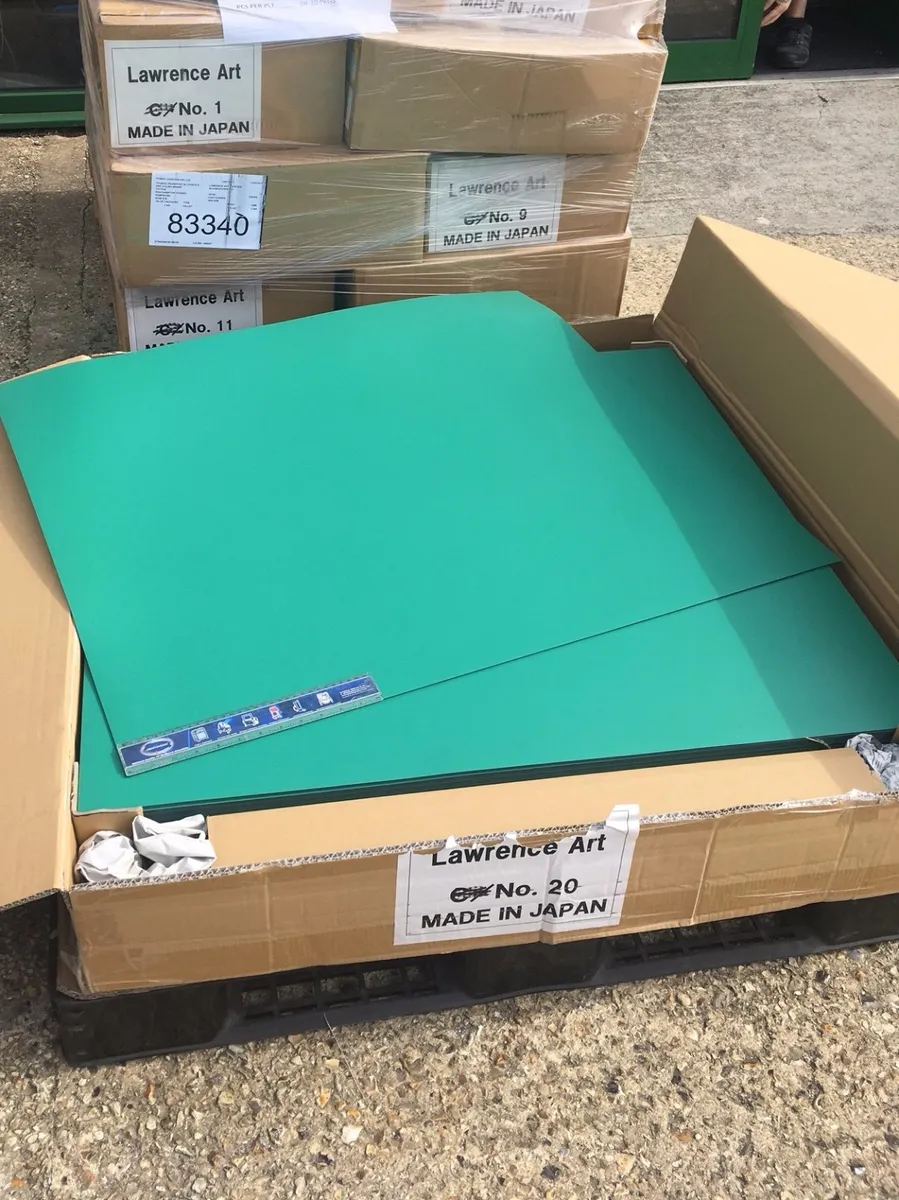In the world of printmaking, two popular techniques stand out: relief print and engraving. While both methods involve creating images on a surface and transferring them onto paper, they differ significantly in terms of process, tools, and artistic outcomes. In this article, we will delve into the nuances of relief print and engraving, highlighting their unique characteristics and exploring the creative possibilities they offer.
- Relief Print:
Relief print, also known as block printing, is a technique where the image is carved into a block, leaving the raised areas to be inked and printed. This method has a rich history, dating back to ancient times. Relief prints can be made using various materials such as wood, linoleum, or even rubber. The process involves carving away the non-image areas, leaving the desired image in relief. Ink is then applied to the raised surface, and the block is pressed onto paper, transferring the image.
Key Features of Relief Print:
- Bold and graphic aesthetic: Relief prints often exhibit strong contrasts and bold lines, making them visually striking.
- Versatility: Relief print can be used to create both intricate details and bold, simplified designs.
- Multiple color options: By using separate blocks for each color, relief prints can achieve vibrant and layered effects.
- Accessibility: Relief printmaking can be practiced with basic tools and materials, making it accessible to artists of all levels.
- Engraving:
Engraving, on the other hand, is a technique that involves incising or cutting lines into a hard surface, typically metal, using specialized tools. The engraved lines hold the ink, which is then transferred onto paper under pressure. This method requires precision and skill, as the artist must carefully control the depth and width of the lines to achieve the desired effect.
Key Features of Engraving:
- Fine detail and precision: Engraving allows for intricate and delicate lines, making it ideal for capturing subtle textures and nuances.
- Tonal range: The depth and width of the engraved lines can create a wide range of tonal values, adding depth and dimension to the image.
- Durability: Engraved plates can withstand high-pressure printing, allowing for multiple prints without significant wear.
- Traditional elegance: Engraving has a long-standing association with formal and elegant aesthetics, often seen in currency, book illustrations, and fine art prints.
Conclusion:
While relief print and engraving share the common goal of creating printed images, their techniques, tools, and outcomes differ significantly. Relief print offers bold and graphic results with versatility and accessibility, while engraving provides fine detail and tonal range with a touch of traditional elegance. Both techniques have their unique charm and can be explored by artists to express their creativity and achieve stunning visual effects.



